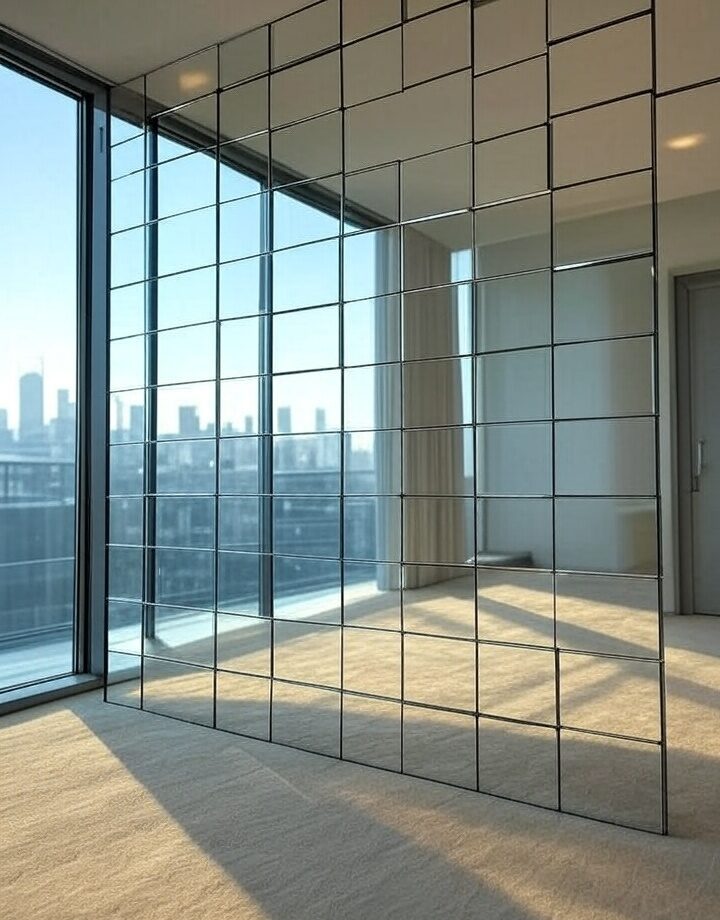
When it comes to enhancing interiors with reflective finishes, two popular options stand out: mirror wall panels and mirror cladding. Though they may seem similar, their construction, application, and suitability vary significantly.
This guide breaks down the key differences so you can make an informed decision based on your space, budget, and style preferences.
What Are Mirror Wall Panels?
Mirror wall panels are pre-fabricated, modular reflective panels installed directly onto walls. They are commonly used in:
- Home gyms
- Living rooms
- Bedrooms
- Commercial spaces like retail or hospitality etc.
Features:
- Usually framed or bordered
- Often come in set sizes
- Can be decorative or functional
Learn More: Mirror Wall Panels
What Is Mirror Cladding?
Mirror cladding involves covering a surface with mirrored sheets or tiles. It creates a seamless or nearly seamless look across entire walls or surfaces.
Commonly used for:
- Elevators
- Hallways
- Feature walls
- Reception desks and commercial interiors
Features:
- Thin mirror sheets or laminated glass.
- Typically custom-cut for large-scale applications.
- Minimal joins for a cleaner finish.
Learn More: Mirror Cladding
Key Differences Between Mirror Wall Paneling and Cladding
| Feature | Mirror Wall Panels | Mirror Cladding |
| Installation | Modular panels, quicker to install | Custom-cut sheets, more labour-intensive |
| Finish | Framed, decorative | Seamless or near-seamless |
| Thickness | Usually thicker | Typically thinner |
| Application | Residential and light commercial | High-traffic or architectural use |
| Flexibility | Limited to panel sizes | Highly customisable |
Mirror Paneling vs Cladding – Which One Is Right for You?
Go for Mirror Wall Panels if:
- You want a decorative feature in a home interior.
- Installation speed and ease are important.
- You prefer framed or bordered aesthetics.
Choose Mirror Cladding if:
- You need a seamless, expansive mirror finish.
- The space is commercial or high-end residential.
- Customisation and coverage are key priorities.
Cost Comparison Between Mirror Cladding and Mirror Wall Panels
| Factor | Mirror Wall Panels | Mirror Cladding |
| Material Cost | Moderate | Varies by specification |
| Installation Cost | Lower | Higher (labour-intensive) |
| Maintenance | Easy | Requires professional care |
Costs depend on surface area, complexity, and whether installation is residential or commercial.
What are the Installation Considerations
Mirror Wall Panels:
- Can be DIY-friendly.
- Often come with installation kits or brackets.
Mirror Cladding:
- Requires professional installation.
- Substrate preparation is essential for longevity.
Aesthetic and Design Impact
Both options offer a reflective surface that enhances natural light and creates the illusion of space. However:
- Wall panels bring a structured, segmented look
- Cladding offers a sleek, contemporary feel
Maintenance and Durability
- Panels: Easy to clean; durable with protective backing.
- Cladding: Less tolerant of impact; may show scratches more easily.
Final Thoughts
Whether you choose mirror wall panels or mirror cladding depends on your priorities. For homes, especially for aesthetic accents, mirror wall panels are a smart, flexible choice. For commercial spaces or bold, modern interiors, mirror cladding may be better suited.
If you’re planning to integrate reflective finishes into your interior design, mirror wall paneling is a good choice.
FAQs
Yes, many manufacturers offer bespoke options, though standard sizes are more common and cost-effective.
.
Yes, with proper sealing and backing, mirror cladding can be used in humid areas like bathrooms.
Most panels come with safety backing or are made from toughened glass, making them safe for residential use.
They reflect light but don’t significantly affect thermal properties unless paired with insulation.
Yes, but this requires professional installation due to weight and safety concerns.
Use a streak-free glass cleaner and soft cloth. Avoid abrasive sponges that could scratch the surface.
Absolutely. It pairs well with stone, wood, or metal for a layered visual effect in modern interiors.













